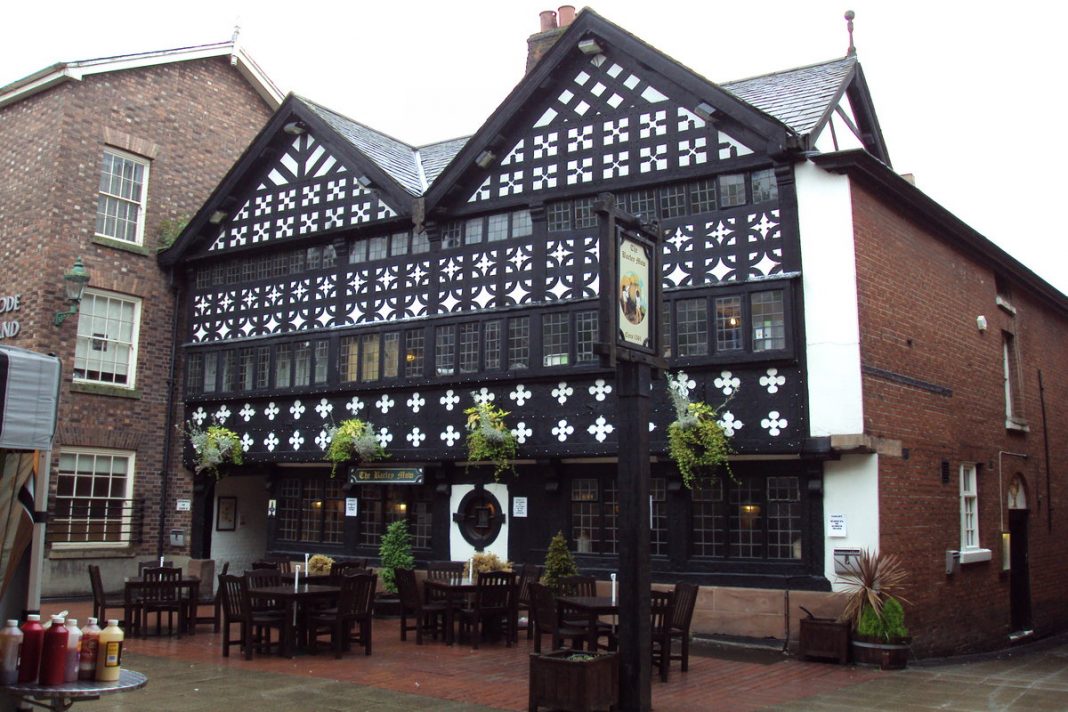The Heritage Impact Assessment process can be complex to navigate without expert help as explained by Tom Barton from property consultants’ Fisher German
With the ever-increasing demand for more affordable housing and government targets to meet, planning authorities are having to look at more plots and possibilities for housing than ever before. Despite the demand, landowners still have an obligation to protect listed buildings and any plans they have, for conservation or heritage sites, are subject to scrutiny.
Since the Planning (Listed Buildings and Conservation Areas) Act 1990, landlords must conduct a Heritage Impact Assessment before making any changes to listed buildings.
When is the Heritage Impact Assessment process required?
Landowners, landlords and developers who wish to make changes either to heritage assets or the environment surrounding such assets, have a responsibility to protect that heritage. That’s where the Heritage Impact Assessment process comes in. The basic premise of an assessment is to demonstrate to a local authority that a historic building and its setting won’t be significantly harmed by development.
While this may sound straightforward, the process of drawing up and submitting assessments can be confusing.
Heritage Impact Assessments will always be required for the following:
• Listed building consent applications
• Planning permission applications for sites within the setting of a listed building
• Planning permission applications for sites in conservation areas
• Planning permission applications for sites within the setting of a scheduled ancient monument
• Planning permission applications for sites within registered parks and gardens
• Advertising consent applications on listed buildings or buildings in conservation areas
Assessments are also recommended for:
• Applications that directly affect a non-designated heritage asset or its setting. (Non-designated heritage assets are buildings, structures or sites (including archaeological) that may have a heritage value.)
So, how is the Heritage Impact assessment process conducted?
Step one: Research
The first stage of any Heritage Impact Assessment process involves desktop research. The project manager will look in detail at the listing of any relevant buildings and other documents such as Conservation Area Appraisals, to develop a picture of the context in which the subject building has been designed, built and altered, and how it relates to the surrounding area.
Locating historical documents, such as original architectural plans, can be important in demonstrating not only how an asset was conceived, but, crucially, how it has been altered over time. Documents may be available locally, for example, private estates often maintain a family archive, or in county or national archives. Historic photographs, maps and other sources, such as newspaper cuttings, can be invaluable in adding to the understanding of a building, though these may be harder to track down.
Conducting the assessment also involves collaboration with other experts. I work with archivists, local interest groups, archaeologists, town planners, researchers and landscape architects to build up the most representative picture of how and why a site has evolved.
Step two: The site visit
Once the desk research is completed and the information processed, a site visit is arranged to look at the assets in detail and understand how they have been developed and altered.
This is where the skills of a Chartered Building Surveyor is required. During the process, the project manager, as a surveyor, or with the help of other professionals, will systematically inspect and record a building. They will interpret alterations and development by appraising the period construction technologies used and look at other subtle details they may have a larger impact than originally thought.
Step three: Time to reflect
Once the site visit has been undertaken, the information gathered that day is compared with the desk research. This is often one of the most interesting parts of the process; a period of reflection is important to look at everything discovered. It can be satisfying when a piece of the puzzle falls into place, and a historic building reveals itself.
Those assets may not be the subject of a planning application themselves. For example, my team recently completed the designs and Heritage Impact Assessment process for a new-build home in the Peak District. The proposed house was on a gateway site at the edge of a village, and the local authority was concerned about the impact on the high density of historic buildings in the village centre and the setting of the village.
Step four: Submission
Heritage Impact Assessment work will seek to appraise the heritage values of a site from the outset. The team or project manager will then work with an in-house architectural team, the client, and the Local Authority to develop designs which do not diminish the significance of the heritage values of the surrounding area.
A formal Heritage Impact Assessment will then be put together and included in the application to the Local Authority.
The considerations
It is vital that the team carefully considered the character appraisal produced by the Local Planning Authority that sets out what was important about the village to them. This ensures that their approach is in line with the LPA, for example, using local stone as a building material and looking at building heights and proportions, so they have minimal impact on the setting.
Once submitted, the dialogue with the LPA continues, as engaging effectively with them where possible is in everyone’s best interest.
Tom Barton
Associate
Fisher German
01530 567469
Twitter @FisherGerman














